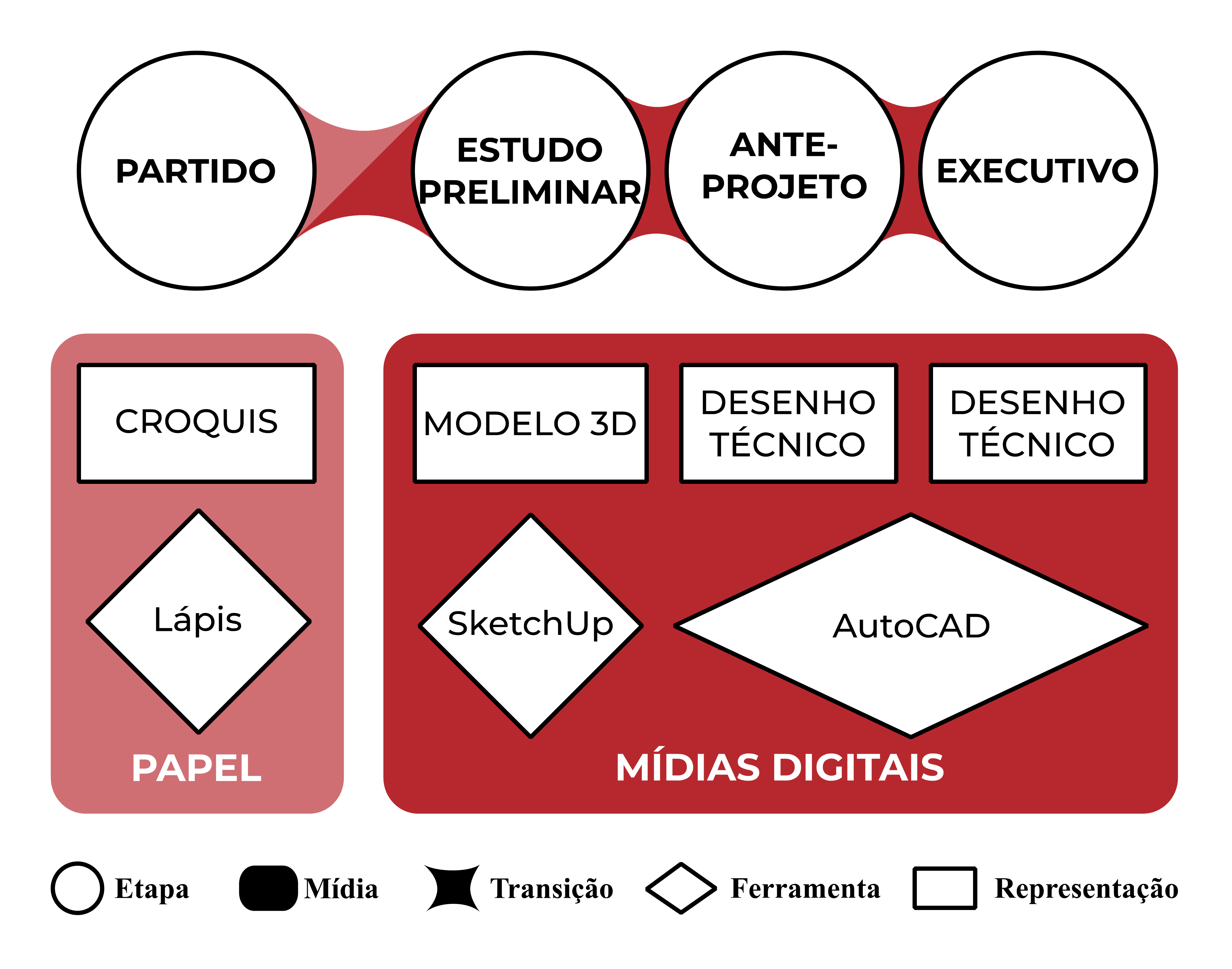Interação Entre o Arquiteto e as Ferramentas Digitais nas Etapas Iniciais de Projeto
DOI:
https://doi.org/10.24168/revistaprumo.v3i5.838Abstract
In the early stages of design, the architect works by applying implicit knowledge to make initially diffuse and progressively better-defined decisions. This progression needs a kind of representation that could adapt to this reflective process, such as the sketch. Among the many digital technologies available, architects do not count with one that supports the early stages of design in this way. This absence leads to workflow issues and fails to address performance solutions. A comparative study is presented, in which experimental software functionalities existing between 2003 and 2014 were tested using available hardware, to support these activities. Furthermore, it described how these functionalities should be integrated to meet the needs in architectural drawing and design in the early stages.
Key-words: Human-Computer Interaction, Architectural Design, Digital Modeling, Performance Simulation.







